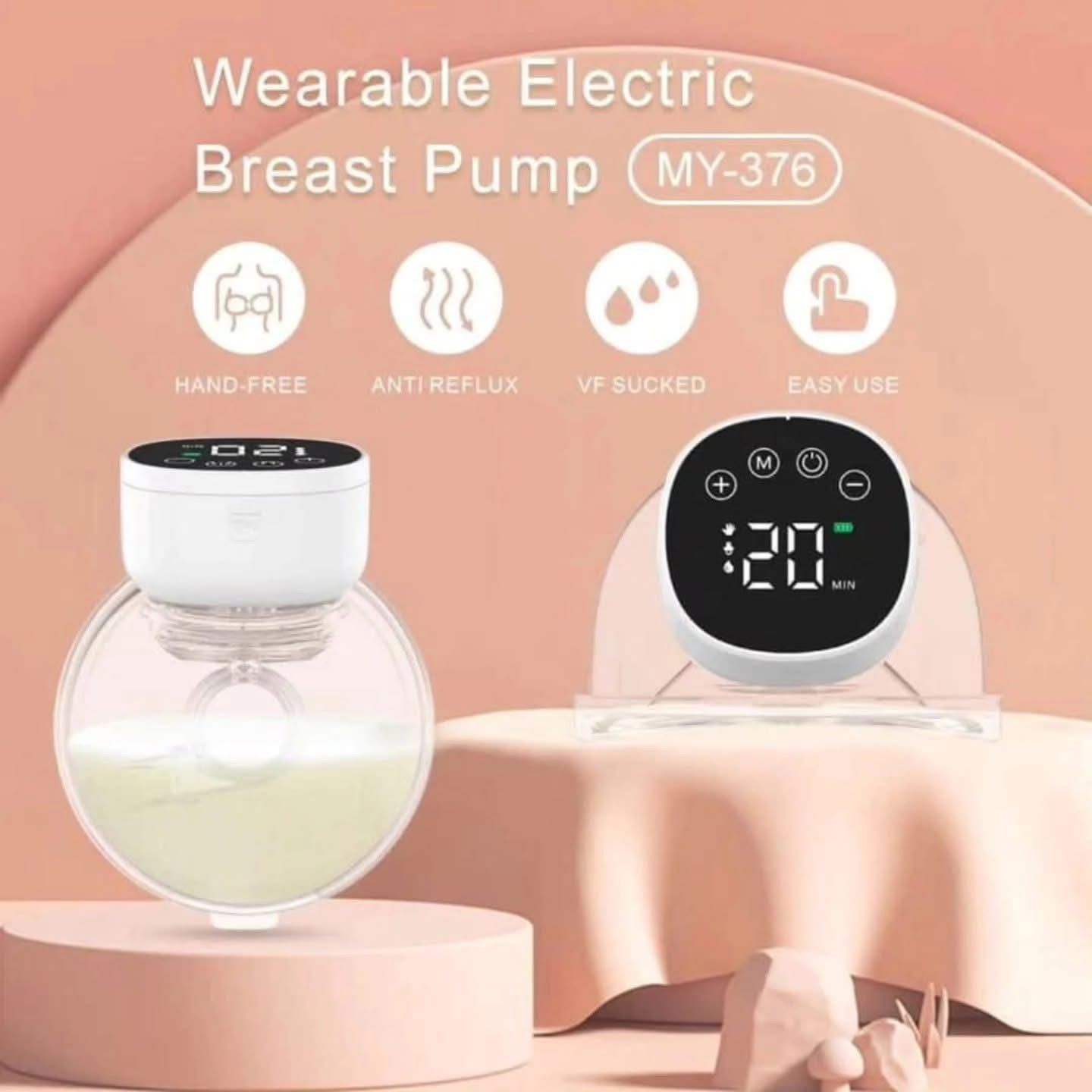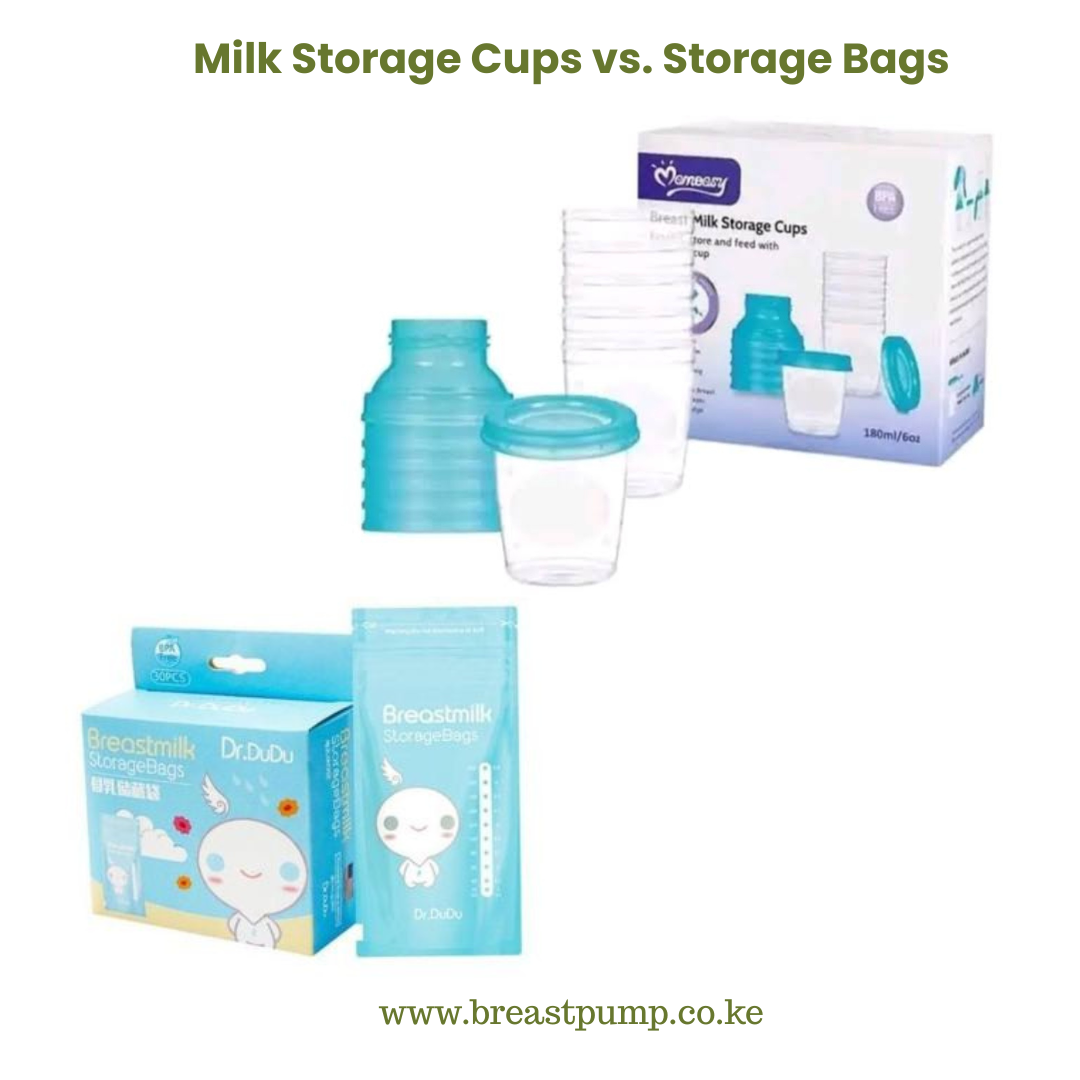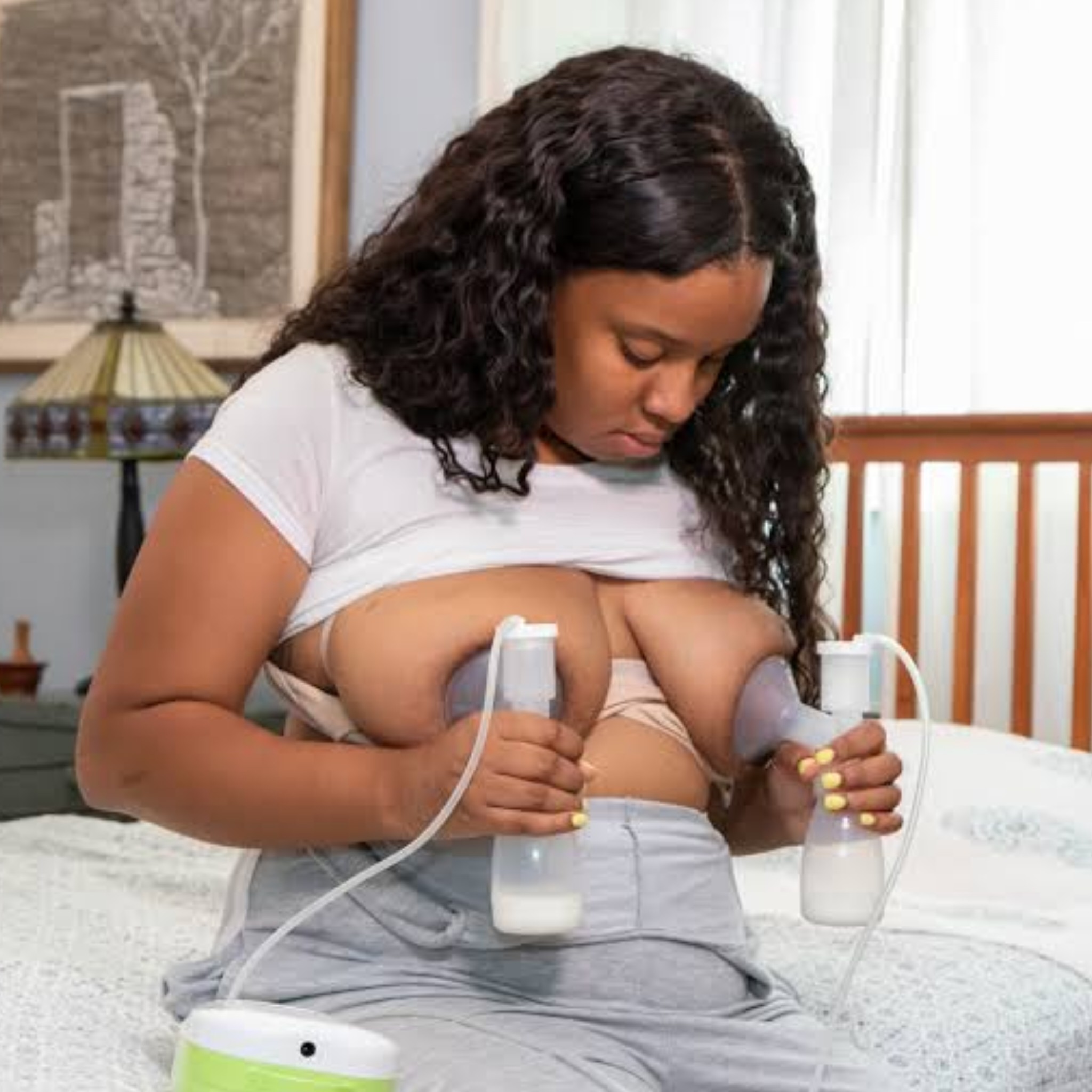Breastfeeding on the Go: The Best Portable Breast Pump Solutions for Busy Kenyan Moms

Breastfeeding is a beautiful and essential part of motherhood, but for busy Kenyan moms, it can also be a challenge—especially when juggling work, travel, or other commitments. Fortunately, portable breast pumps and breastfeeding accessories in Kenya offer a convenient solution to ensure that mothers can maintain their breastfeeding journey while on the move.
Is It Worth Getting a Portable Breast Pump?
For moms who need to express milk frequently, investing in a portable breast pump is a game-changer. Whether you are commuting to work, traveling, or running errands, a portable breast pump allows you to express milk conveniently and efficiently. These pumps are designed to be compact, lightweight, and easy to carry, making them ideal for mothers with active lifestyles.
Benefits of a Portable Breast Pump:
- Convenience – You can express milk anytime, anywhere.
- Time-saving – Expressing milk on the go ensures you don’t miss feeding times.
- Increased milk supply – Regular pumping can help maintain and boost milk production.
- Flexibility – Allows other caregivers to feed the baby when the mother is unavailable.
Which Portable Breast Pump is Best?
When choosing the best portable breast pump, several factors come into play, including portability, suction strength, battery life, and comfort. Some top-rated portable pumps available in Kenya include:
1. Medela Freestyle Flex
- Lightweight and compact design.
- Rechargeable battery for on-the-go pumping.
- Strong suction power for efficient milk extraction.
2. Spectra S1 Plus
- Hospital-grade suction strength.
- Rechargeable battery with a long lifespan.
- Quiet operation, making it discreet to use in public spaces.
3. Willow Wearable Breast Pump
- Completely hands-free design.
- Fits inside a bra, offering ultimate discretion.
- Leak-proof technology for worry-free pumping.
4. Haakaa Silicone Breast Pump
- Manual, lightweight, and easy to use.
- Ideal for moms who prefer a non-electric option.
- Haakaa Silicone pump is Affordable and travel-friendly.
What are the Disadvantages of Breast Pumps?
While breast pumps offer numerous benefits, they also come with a few downsides:
- Cost – High-quality portable breast pumps can be expensive.
- Cleaning and Maintenance – Regular sterilization is required to keep the pump hygienic.
- Noise – Some electric pumps can be noisy, making them less discreet.
- Suction Discomfort – Some mothers may find the suction uncomfortable or even painful if the wrong flange size is used.
What is a Portable Pump?
A portable breast pump is a compact and lightweight device designed for mothers who need to express milk while away from home. These pumps typically run on batteries or rechargeable power, allowing mothers to pump wherever they are without needing a power outlet. They come in both electric and manual options, catering to different needs and preferences.
Wearable Breast Pump – A Hands-Free Solution
A wearable breast pump takes portability to the next level. Unlike traditional pumps that require you to hold the flanges in place, wearable pumps fit directly inside a nursing bra, allowing moms to pump hands-free.
Benefits of a Wearable Breast Pump:
- Ultimate mobility – You can pump while working, driving, or even cooking.
- Discreet – No external tubes or wires.
- Comfortable – Designed to mimic a baby’s natural sucking motion.
Best Portable Breast Pump in Kenya
For Kenyan moms looking for the best portable breast pump, consider factors like affordability, ease of use, and efficiency. Some of the best options available in Kenya include:
- Medela Freestyle Flex
- Spectra S1 Plus
- Willow Wearable Breast Pump
- Elvie Wearable Breast Pump
- Haakaa Manual Silicone Pump
Where to Buy Breastfeeding Accessories in Kenya
Finding high-quality breastfeeding accessories in Kenya is essential for a smooth breastfeeding journey. From portable pumps to milk storage bags and nursing covers, you can find everything you need at our online stores www.breastpump.co.ke offer a variety of breastfeeding solutions tailored to Kenyan moms.
FAQs About Portable Breast Pumps
1. How do I choose the best portable breast pump?
When selecting a portable breast pump, consider factors like battery life, suction strength, portability, and ease of cleaning. If you need hands-free pumping, a wearable pump is a great choice.
2. Can I travel with a portable breast pump?
Yes! Portable breast pumps are designed for travel. Choose a rechargeable or battery-operated model to avoid needing a power source.
3. How often should I clean my breast pump?
It is recommended to clean and sterilize pump parts after each use to maintain hygiene and prevent infections.
4. Are wearable breast pumps available in Kenya?
Yes, wearable breast pumps are available in Kenya through online stores and maternity shops. Visit our site for wearable breast pump







